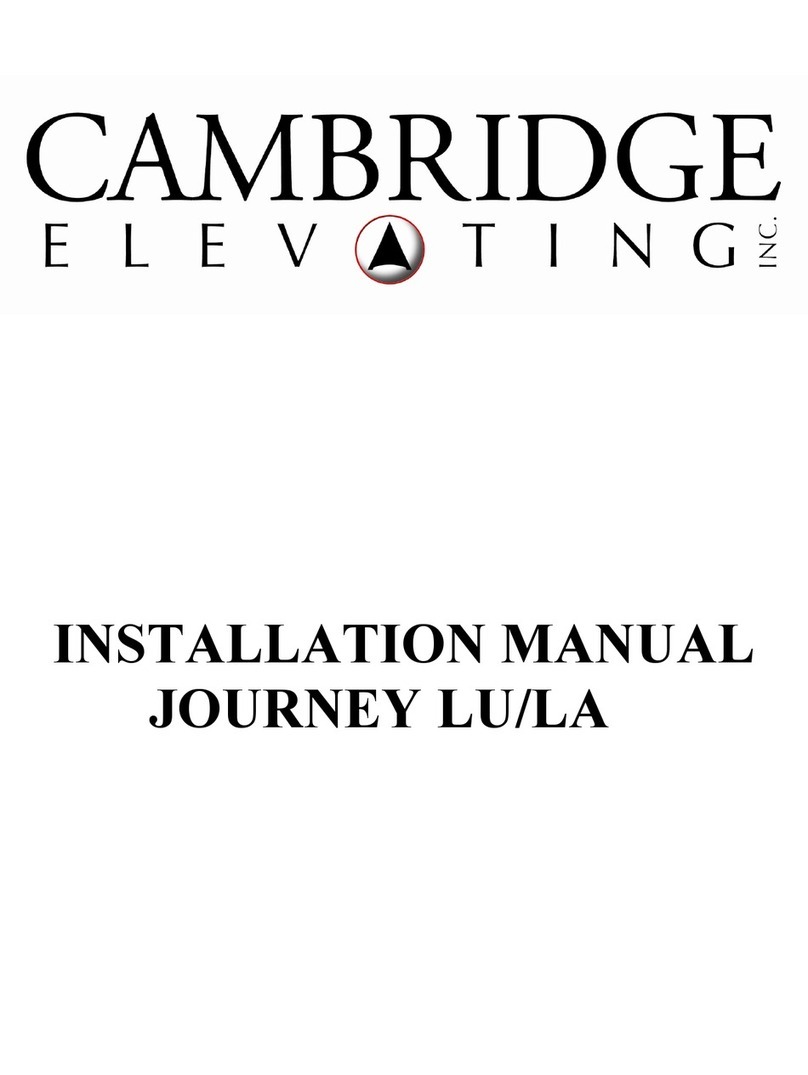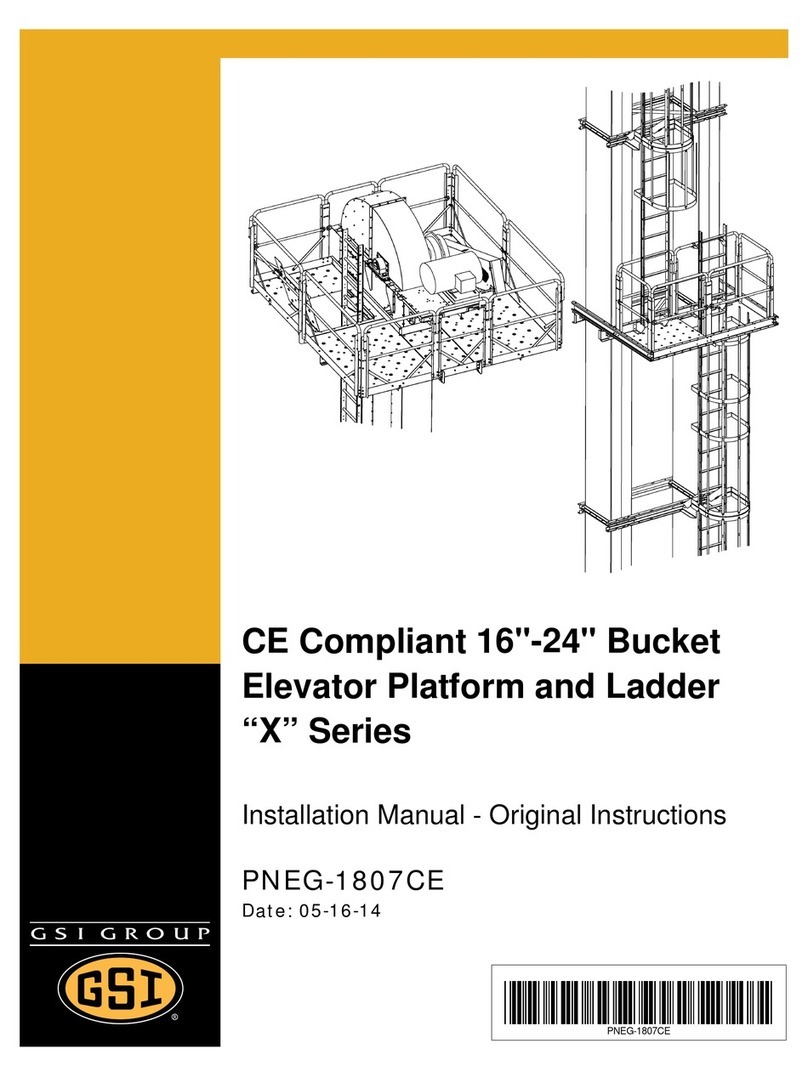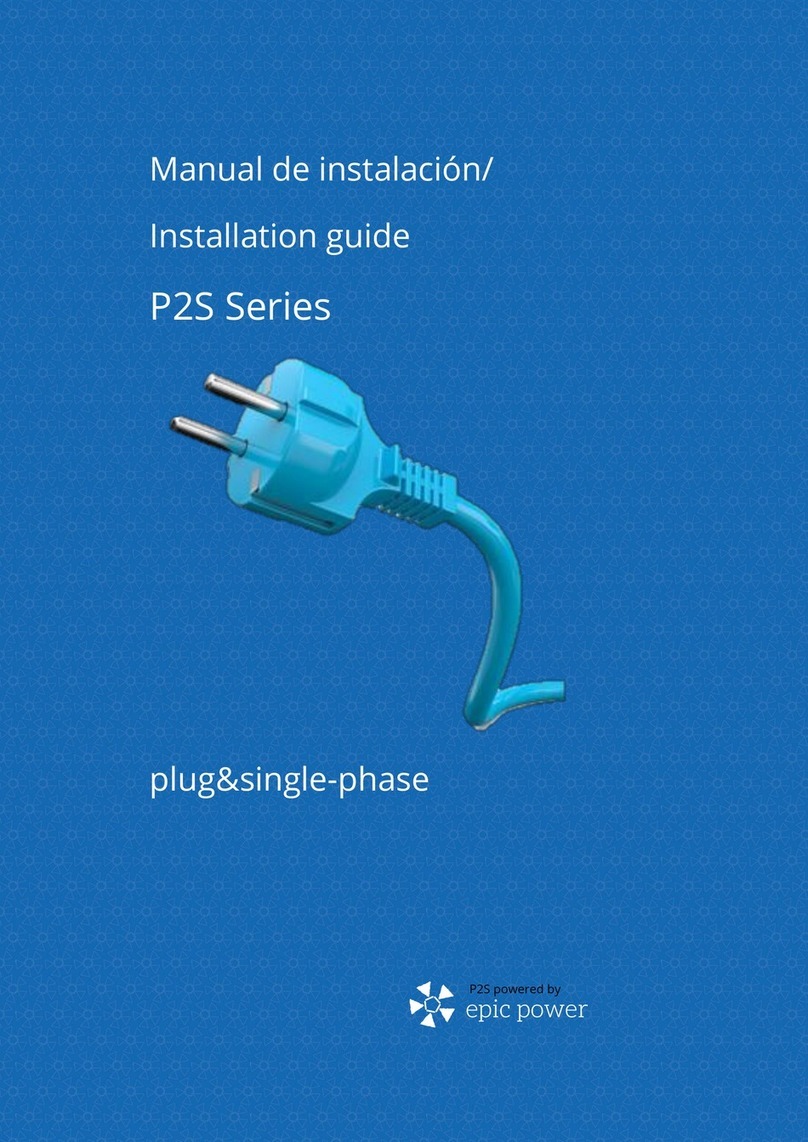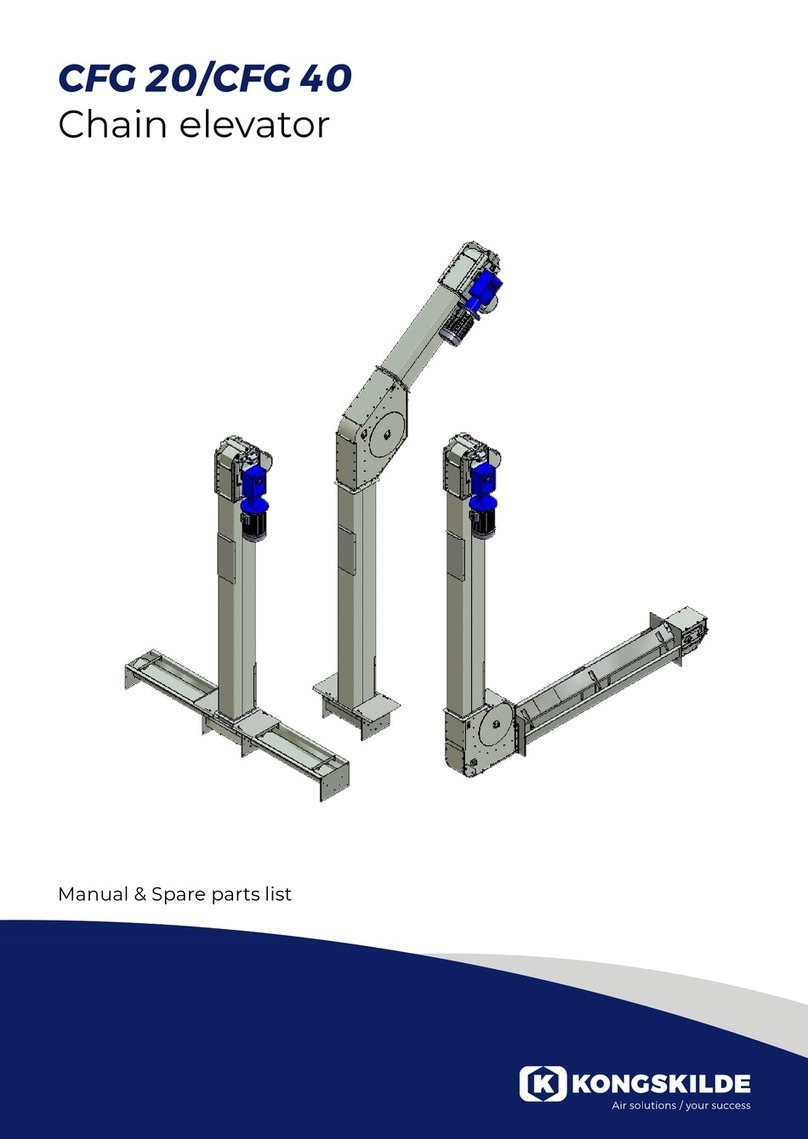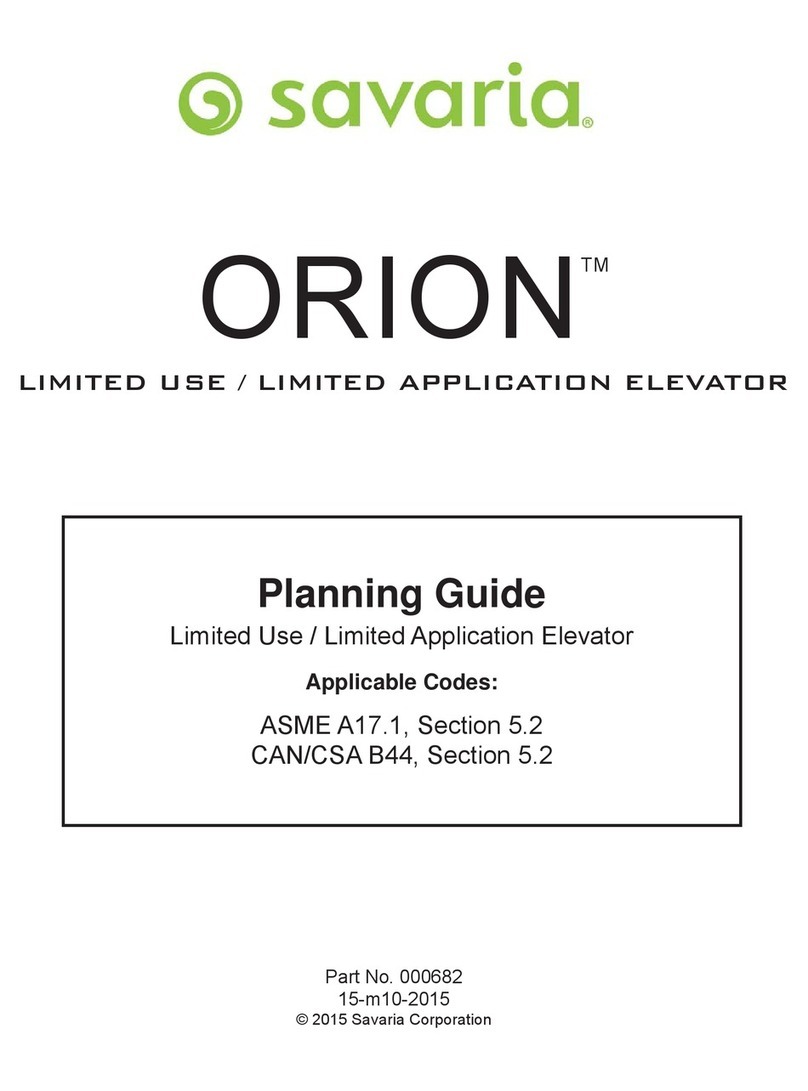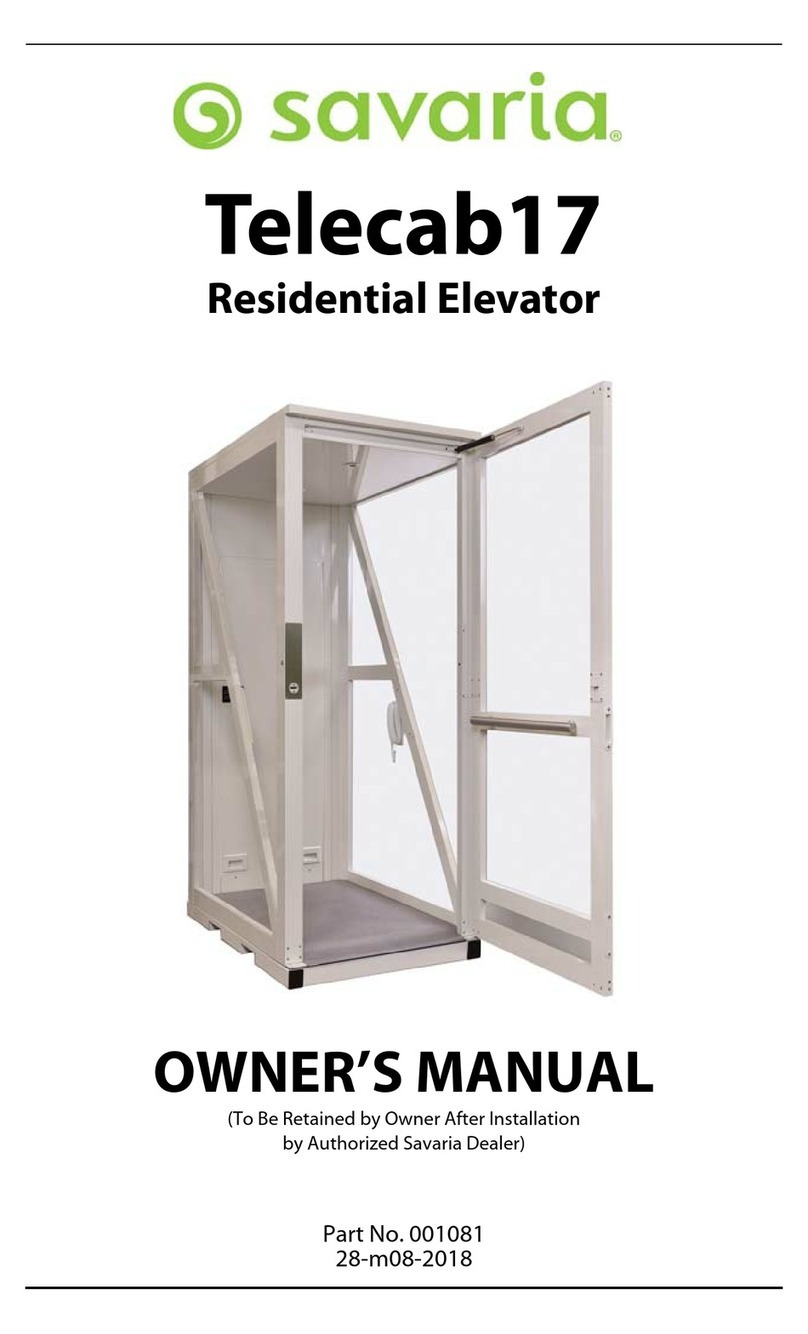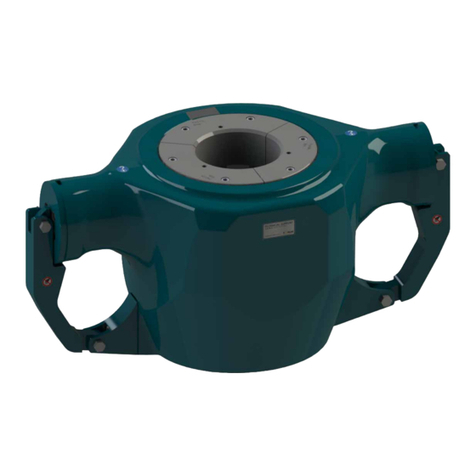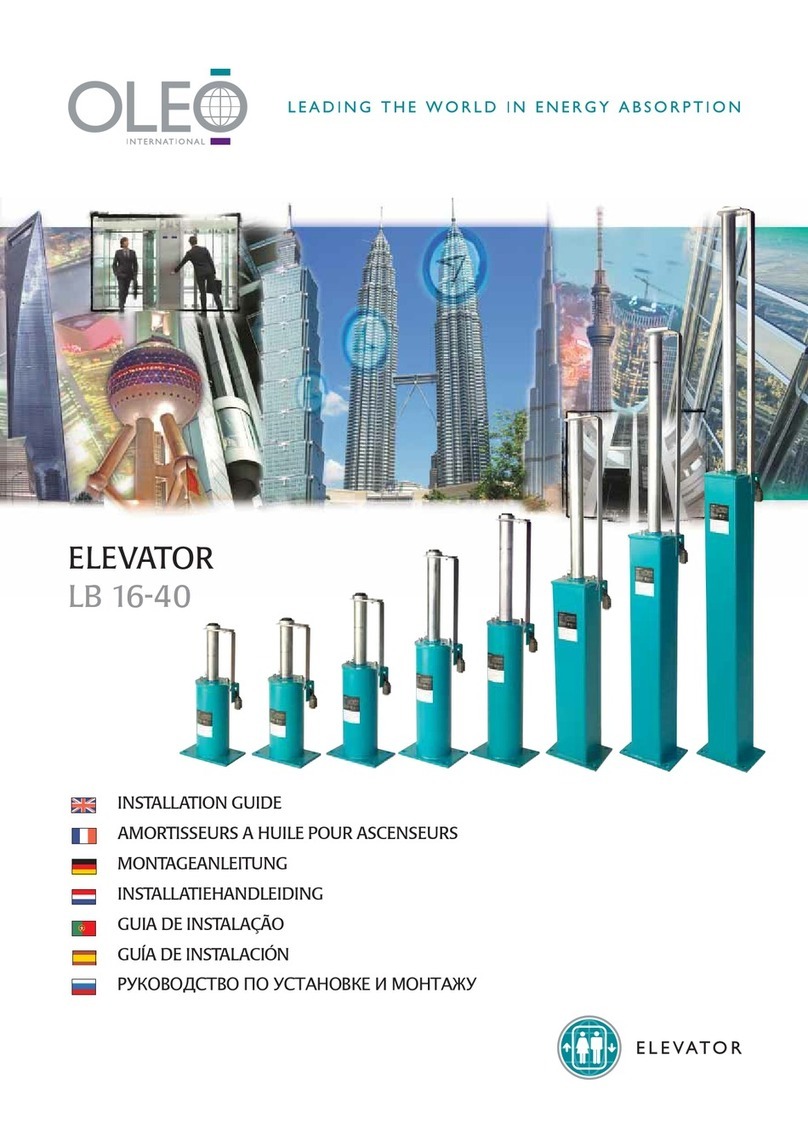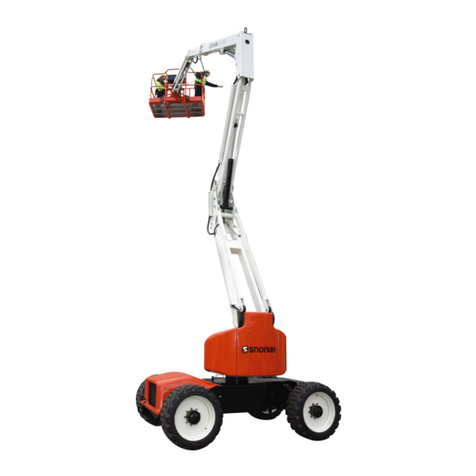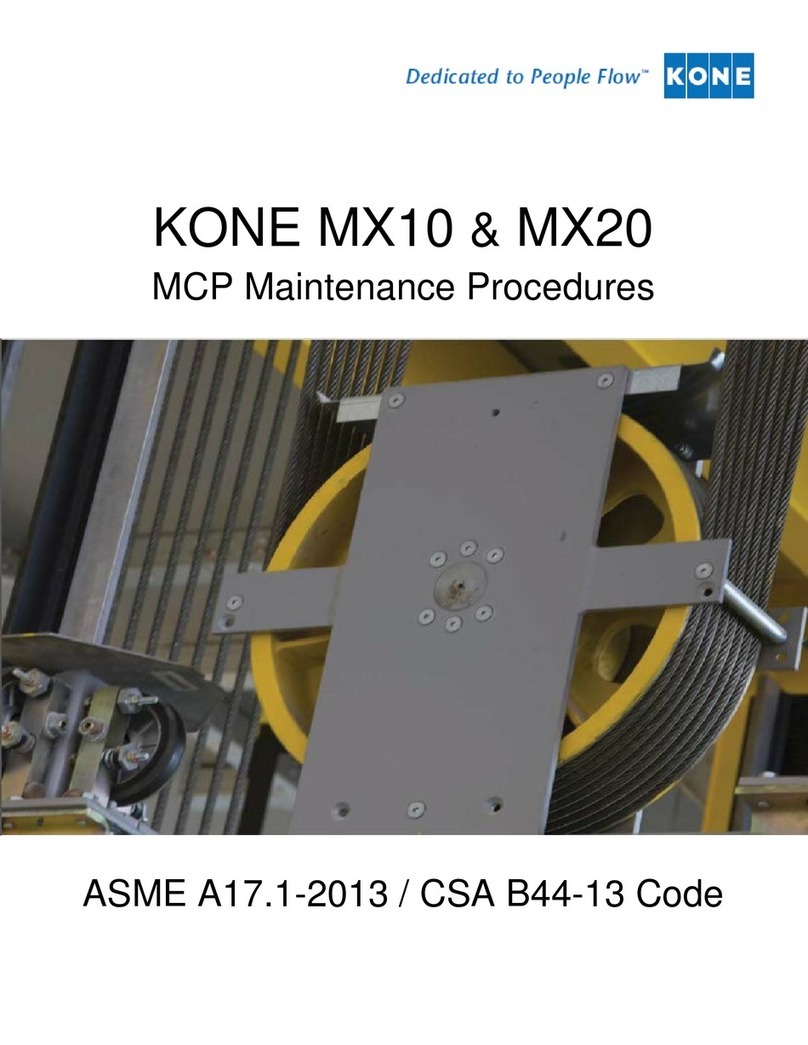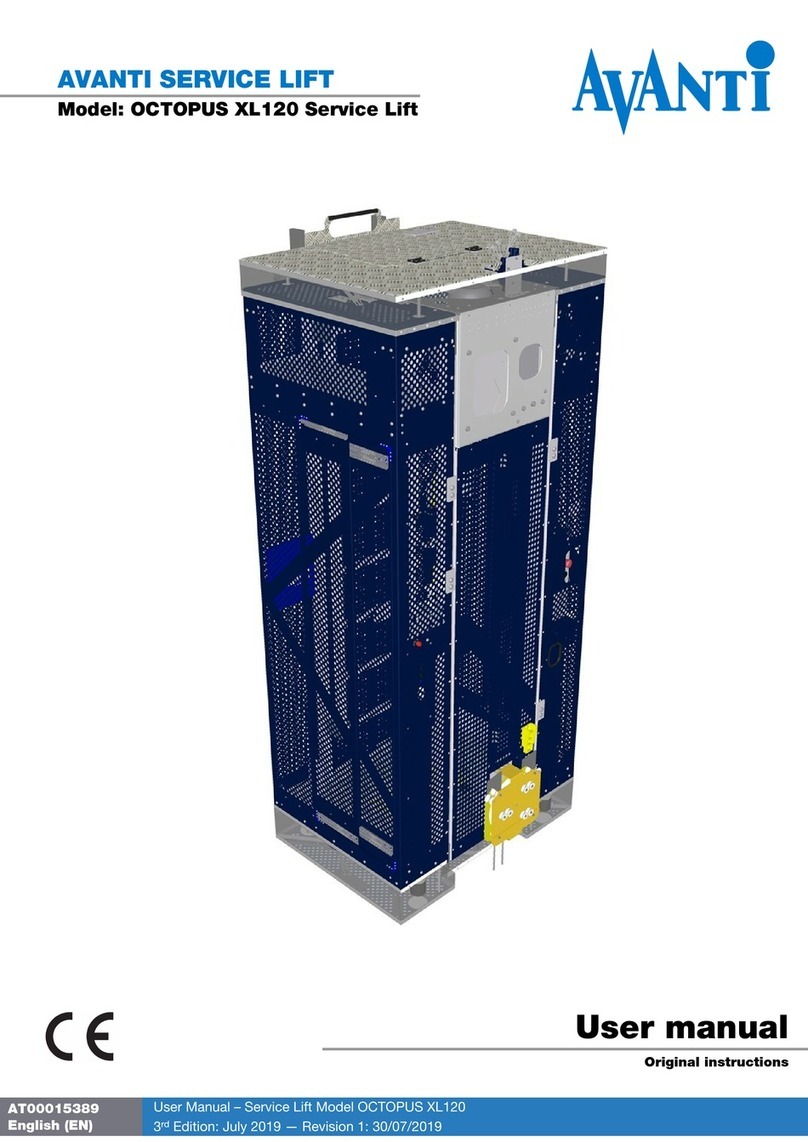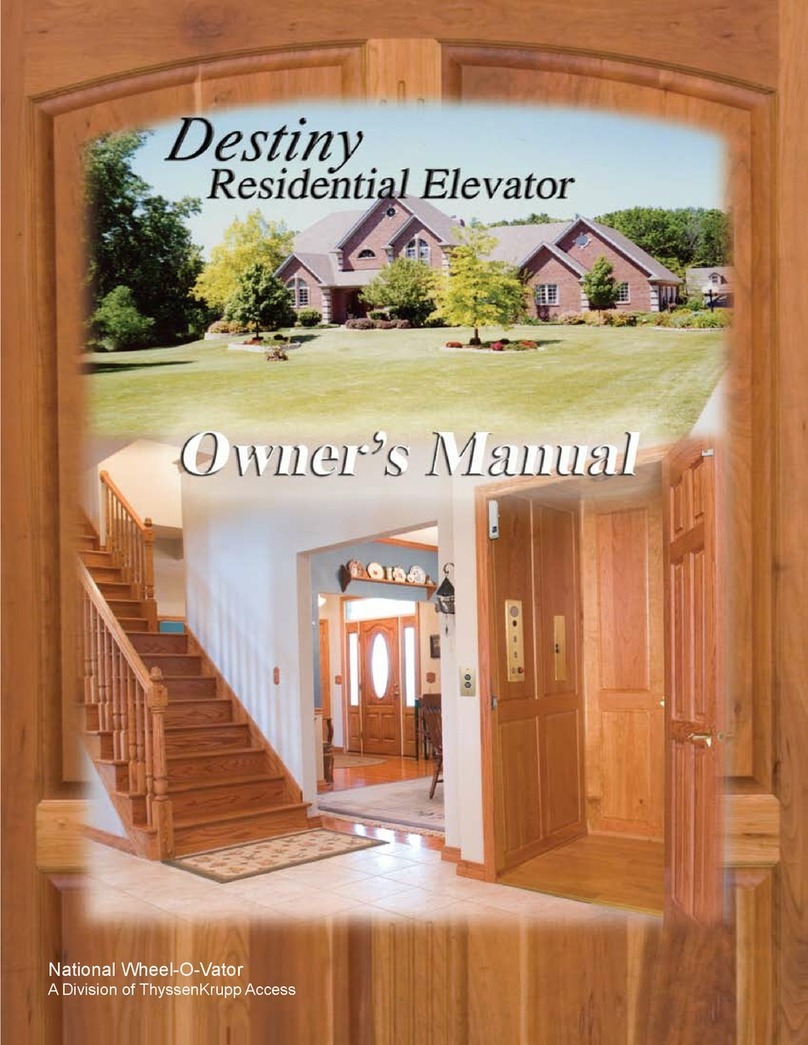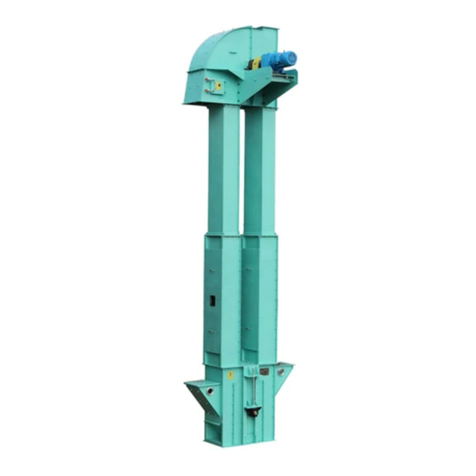
Table of contents
1Safety instructions .....................................................................................................4
1.1 General....................................................................................................................6
1.2 Prohibited use..........................................................................................................6
1.3 Safety actions prior to working on the platform lift ..................................................6
1.3.1 Only with work in the lift shaft............................................................................7
1.4 Risk of crushing ......................................................................................................9
1.5 Frequency converter................................................................................................9
1.6 Action to be taken in the event of an electrical accident............................................9
2Operating instructions.............................................................................................10
2.1 Operation of the platform lift.................................................................................10
2.1.1 Control panel ....................................................................................................10
2.2 Emergency situation..............................................................................................11
2.2.1 Emergency signal and telephone .......................................................................11
2.2.2 Manual lowering or raising................................................................................12
2.2.3 Emergency opening of doors from the inside and outside of the lift shaft...........12
3Design and configuration.........................................................................................15
3.1 Configuration ........................................................................................................15
3.2 Platform lift shaft and shaft walls...........................................................................19
3.2.1 Shield wall dismounting and mounting..............................................................20
3.3 Doors and gates .....................................................................................................21
3.3.1 Locking the lift .................................................................................................22
3.3.2 Automatic door power opener ...........................................................................23
3.4 Overload protection...............................................................................................23
3.5 Lighting.................................................................................................................24
3.6 Finish....................................................................................................................24
3.7 Electrical compartment..........................................................................................24
3.8 Control system ......................................................................................................26
4Fault finding.............................................................................................................28
4.1 Indication during normal functioning.....................................................................28
4.2 Fault indications ....................................................................................................29
4.3 Fault finding in the control system.........................................................................30
4.3.1 1.1.1 Checking and adjusting the concealed door circuit ....................................32
5Setting up the nodes.................................................................................................34
5.1 The master node....................................................................................................34
5.1.1 Programming the Master node...........................................................................34
5.1.2 School locking..................................................................................................35
5.1.3 Frequency converter/direct start ........................................................................36
5.1.4 Smart card.........................................................................................................36
5.1.5 Setting of alarm times and school locking..........................................................36
5.2 Setting alarm times and stopping distance..............................................................36
5.2.1 Programming....................................................................................................37
5.3 Setting of door nodes.............................................................................................40
5.3.1 Identity 40
5.3.2 Door opener......................................................................................................40
5.3.3 Slave doors .......................................................................................................41
6Maintenance.............................................................................................................44
6.1 General..................................................................................................................44
6.2 Machinery.............................................................................................................44
6.2.1 Lubrication .......................................................................................................44


